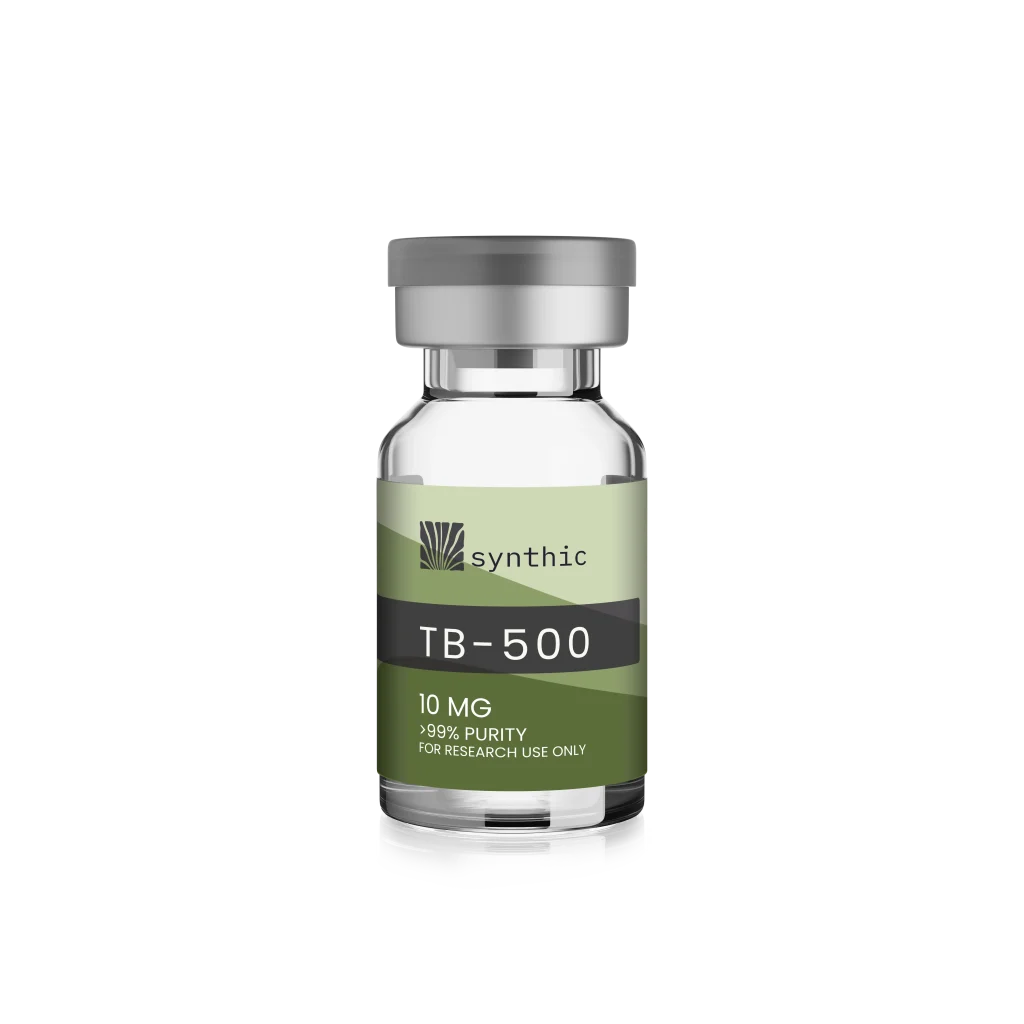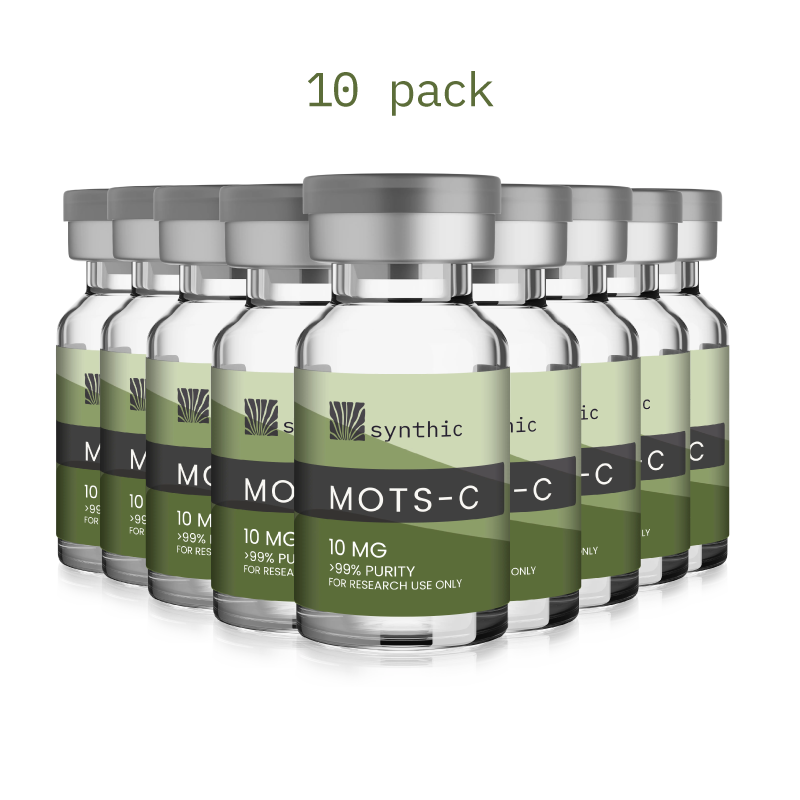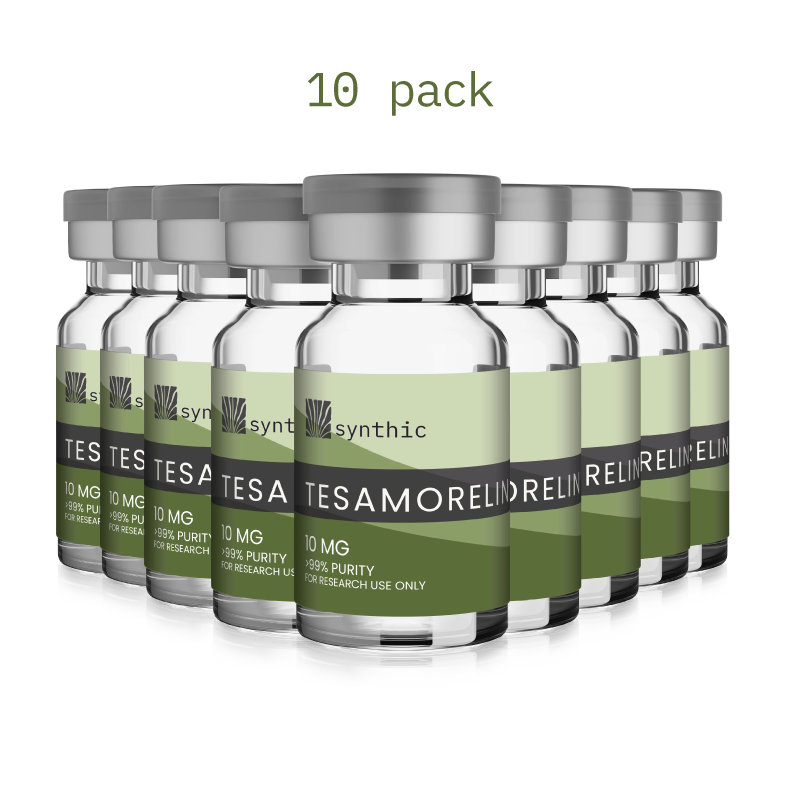Vitamin B12, also known as cobalamin, is a water-soluble nutrient essential for DNA synthesis, red blood cell formation, neurological health, and energy metabolism. While its role in human physiology is well established, B12 is also gaining attention in research settings for its potential to enhance peptide-based protocols, especially in studies related to fatigue, regeneration, and performance optimization.
This article explores the mechanisms of B12, its key research applications, and the experimental synergy it may offer when studied alongside certain peptides.
What Is Vitamin B12?
Vitamin B12 exists in several active forms, with methylcobalamin and cyanocobalamin being the most commonly researched. It serves as a cofactor in crucial enzymatic reactions involved in:
- Methylation and DNA synthesis
- Fatty acid and amino acid metabolism
- Energy production via the Krebs cycle
- Neurological function and myelin synthesis
B12 deficiency is associated with fatigue, cognitive impairment, and neuropathy—making it an important variable in any research targeting energy systems, nerve function, or tissue recovery.
Why Pair B12 with Peptides?
In research models, vitamin B12 may offer complementary support when used alongside peptides that target energy production, metabolic enhancement, or recovery. B12 doesn’t directly stimulate tissue growth or hormonal pathways like peptides do, but it can improve cellular conditions that make those peptides more effective.
Peptides That May Benefit from B12 Co-Administration in Research
1. MOTS-c – Mitochondrial and Metabolic Regulation
- Why it pairs well: Both MOTS-c and B12 enhance mitochondrial efficiency and energy metabolism. MOTS-c activates AMPK and supports metabolic flexibility, while B12 facilitates the conversion of fatty acids and amino acids into usable energy.
- Potential synergy: Increased endurance, improved oxidative metabolism, and reduced fatigue in high-demand settings.
2. BPC-157 – Tissue Repair and Nerve Regeneration
- Why it pairs well: BPC-157 is being studied for its regenerative effects on soft tissue and the nervous system. B12 supports myelin synthesis and neuronal health.
- Potential synergy: Nerve repair protocols, neuromuscular recovery, or studies on inflammation-related neuropathy.
3. TB-500 – Muscle Regeneration and Recovery
- Why it pairs well: TB-500 supports angiogenesis and cell migration for muscle healing. B12 assists with red blood cell production and oxygen transport.
- Potential synergy: Enhanced oxygenation of healing tissue, support for performance recovery, or post-injury repair models.
4. GH Secretagogues (e.g., CJC-1295, Ipamorelin)
- Why it pairs well: Growth hormone peptides increase protein synthesis and tissue growth. B12 supports amino acid metabolism and methylation—both critical for anabolic processes.
- Potential synergy: Supportive role in recovery, energy output, and metabolic cofactor activity.
5. NAD+ or NMN – Cellular Energy and Longevity
- Why it pairs well: NAD+ drives redox reactions and mitochondrial function. B12 is a coenzyme in similar pathways, particularly in the Krebs cycle and homocysteine metabolism.
- Potential synergy: Cellular repair, anti-fatigue research, and longevity-focused experimental protocols.
Research Use Profile: Vitamin B12
| Attribute | Details |
| Form | Methylcobalamin, Hydroxocobalamin, Cyanocobalamin |
| Delivery | Subcutaneous or intramuscular (in research settings) |
| Primary Functions | Energy metabolism, nerve health, DNA synthesis |
| Best Use Cases | Fatigue models, neuromuscular recovery, mitochondrial support |
| Tolerability | High, with low toxicity risk in water-soluble form |
Best Practices in B12 + Peptide Research Protocols
- Label each compound clearly and store according to manufacturer guidelines
- Avoid mixing peptides and B12 in the same vial, unless explicitly studied or stability-verified
- Monitor for potential injection site irritation, particularly with methylcobalamin
- Keep administration schedules staggered to reduce interaction variables unless direct synergy is being tested
Conclusion
Vitamin B12 may not be a peptide, but its role in energy production, neurological function, and methylation makes it a powerful supporting compound in many peptide research models. When paired with agents like MOTS-c, BPC-157, TB-500, or NAD+ precursors, B12 can help support the underlying biological conditions that maximize the effectiveness of regenerative, metabolic, or performance-targeted protocols.As research continues to evolve around peptide stacks and synergistic pathways, B12 deserves consideration not just as a basic nutrient—but as a strategic cofactor in advanced experimental designs.



